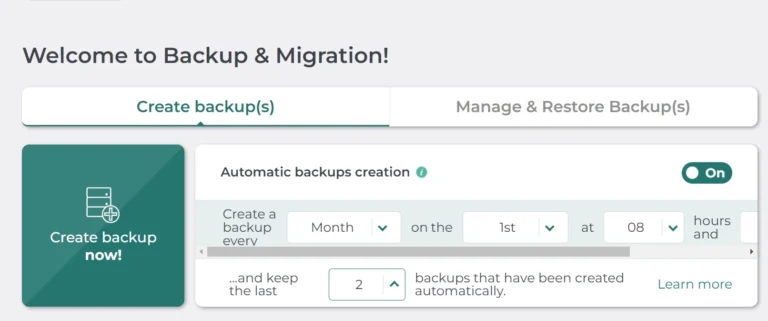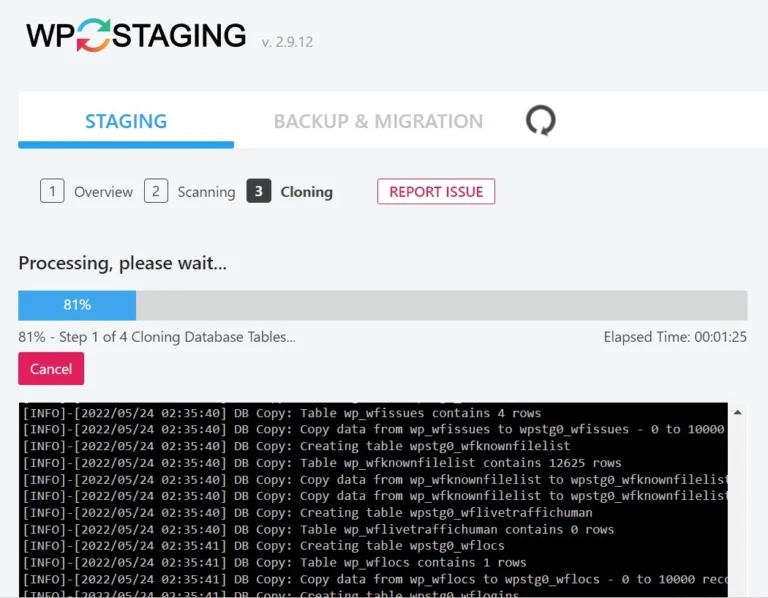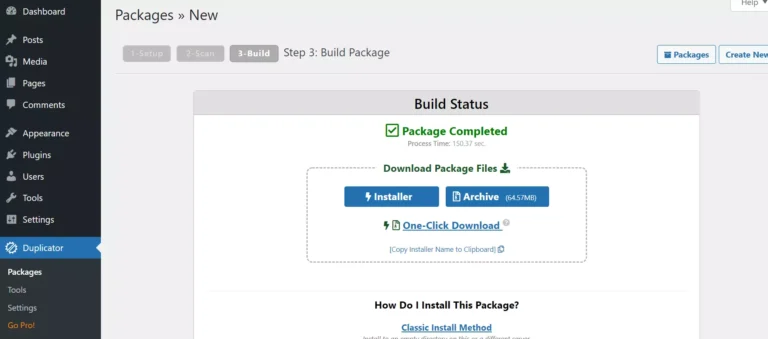If you’re using a cloud hosting service, you may have come across these two words frequently – snapshot and backup. What are these two things? Which one is better? Below, we’ve shared the differences and similarities between these two methodologies of safeguarding data.
Snapshots
If you take a snapshot, you can quickly create a new server from this file. For example, if your old server is located in Singapore and you want to move your sites to a server of the same host in a different country, you can create a snapshot and use the “create a server from snapshot” option that the cloud hosting service provider provides in the user dashboard. The time taken by the software to create this file depends on the size of the disk and storage memory in use. Thus, you may have to wait for several minutes.
As a snapshot is a copy of the entire system, it will have all files on the system. Snapshots can be significantly larger than backups. Cloud hosting companies give their users access to a tool for creating them. To use the tool, all you have to do is enter the name for the file and click the submit button. You cannot download this file or transfer it from one host to another unless your hosting company allows you to do so.
Backups
A backup is nothing but an archive file that contains important data. It can also be a copy of another file or have files, databases, etc on the server. It keeps the data safe. When you have a backup, you can restore the corrupted documents, database, or configuration files.
Backups can be smaller than snapshots. As operating systems ship with or allow you to install a file compression utility, you don’t need any special tool to back up your files. You can use compression utilities such as tar, zip, etc to create archives of important files. You can also use the DB dump tool of the database server to back up the DB or table. For example, MariaDB ships with mysqldump utility. You can use this utility to back up the database.
Backups are generated significantly faster than snapshots as you work on a folder or a file at a time. Unlike snapshots, they are transferable. You can move them between hosts via SFTP or upload the backup file to cloud storage service providers such as Google Drive, OneDrive, etc using tools such as Rclone or a Linux/Windows client application built by the company that offers cloud storage service.
What should you create?
As mentioned earlier, snapshots are useful during the site migration process on the same cloud hosting company. Users who use backups for migrating/transferring a website from/to the servers of the same company will have to extract the files one by one. They may also have to make some changes to the configuration files if they don’t plan to move the config files. If you want to move a site from the server of one hosting company to the server of another hosting firm, backups will come in handy.




